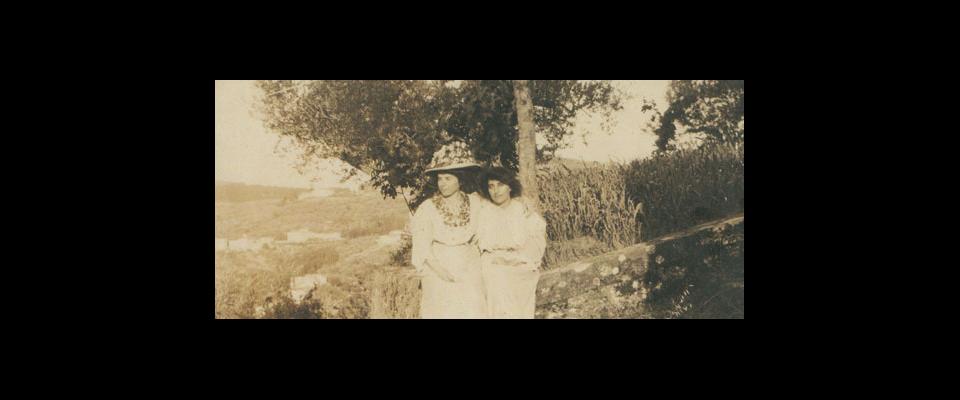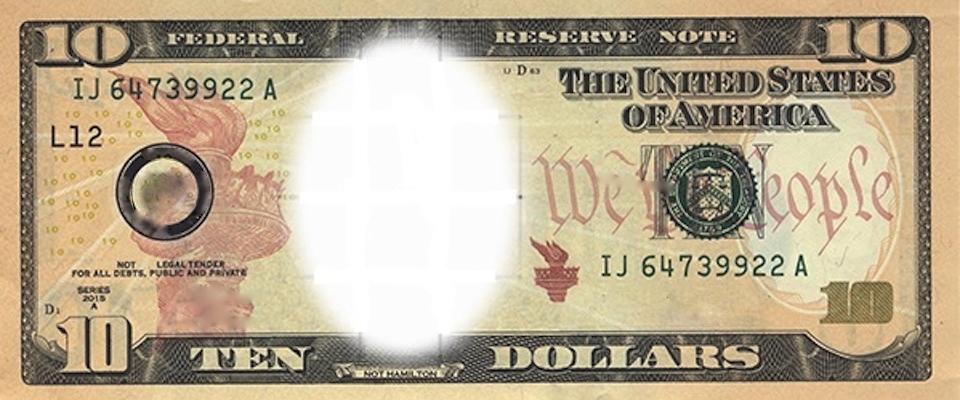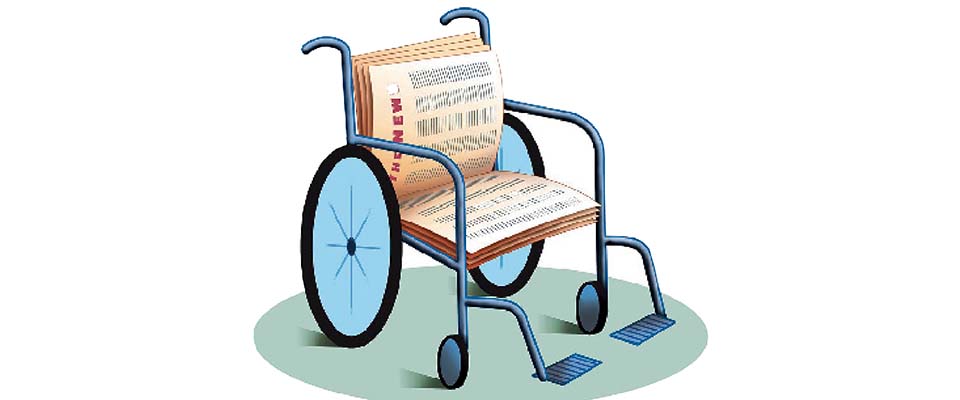Recalling Harriet Lane Levy’s unusual, eclectic life.
The news of a neighbor’s betrothal was not greeted with joy in the household of Benjamin and Yetta Levy. Far from it. “No sooner had an engagement been announced…than a shadow fell upon the house for the day,” their youngest daughter recalled in her memoir of growing up in San Francisco in the 1880s. Harriet Lane Levy recalls that her mother would bear the news the way an ancestor must “have announced the destruction of the Temple of Jerusalem.”
“No,” cried Father, bringing a fist down on the table!
“Yes,” retorted Mother, mocking him. A silence followed. A running fire of self-condemnation encircled the table. We felt ourselves weaklings in the struggle.
The struggle was mainly to move up in the world, for while the Levys were solidly upper class, they were Polish Jews in a milieu where Germanic provenance was considered far superior. “Everyone was ‘better than us,’ ‘not so good as us,’ ‘just as good as us,’ according to the measure of rich or poor, Bavarian or Pole,” Levy wrote in 920 O’Farrell Street: A Jewish Girlhood in Old San Francisco, which was first published in 1947 when she was 80 years old. “The pleasure I felt in our excellence was insignificant, but the pain that I suffered from our inferiority was intense.”
Levy’s book is deeply involved with profoundly domestic matters—many chapters are named after rooms in her Victorian house, where her humorless, judgmental mother kept the sunshine out and her daughters in. It’s hard to imagine anyone who lived there ever conceiving of a life beyond the confines of hearth and home. But Levy broke out of the mold, attending university, working as a journalist, and living as an expatriate in Paris, where she hobnobbed with some of the 20th century’s most celebrated artists.
It was a strikingly independent existence for a woman of that era, if not always by modern standards. “As one might have said a couple of generations later, she was ‘doing her own thing,'” said Fred Rosenbaum, author of Cosmopolitans: A Social and Cultural History of the Jews of the San Francisco Bay Area (UC Press, 2009).
As a young woman, Levy rued her “plain-looking” features and “grotesque” nose, and she was cautioned by her own father to “not expect a marriage of any consequence.” By adulthood, she had developed a sense of humor about her appearance. “She was very plain but unusual in looks,” artist Helen A. Salz recalled in a 1974 oral history for the Bancroft. “She herself said, when she saw my portrait of her, ‘Amazing, it looks just like my great-uncle.'”
Although a family friend warned Levy’s father that education “would spoil the chances of a girl,” he agreed to let his daughter pursue a degree. At barely 16 years of age, Levy—who had never traveled even across the bay to Berkeley, much less set foot on a university campus—enrolled at the University of California.
Her entrance exam was administered by the famed philosopher Josiah Royce, who asked that the young applicant translate Heinrich Heine’s poem Die Lorelei from the German. “Try to catch the spirit of Heine,” he told her. In her innocence, Levy mistook her examiner’s playful condescension as kindness. Weeks later, when she realized he had been making sport of her, she wished him ill, hoping “that for his doctorate, Josiah Royce would be asked to translate into Russian the first book of Paradise Lost.”
“There was a real prejudice against brainy women,” said Gray Brechin, a visiting scholar in the geography department, who brought Levy’s long-out-of-print memoir to the attention of Berkeley-based Heyday Books, which republished it in 1996. “Women were at Berkeley from the beginning—you see them in their shirtwaists and straw boater hats with the men—but I think you had to be a pretty strong woman to go to the University at that time.”
After graduating in 1886, Levy began writing for a weekly San Francisco publication called The Wave, as did the famous Cal alum Frank Norris and the even more famous Cal dropout Jack London. After the journal folded in 1898, she hired on as drama critic for The Call, which Brechin described as “probably the best of the [San Francisco] papers at that time.”
Success as a journalist at a time when few women practiced the trade was testament to her ample talents, but Levy’s move to France seems more a function of fate. When she set off for Paris in 1907 at the age of 40, it was in the company of two neighbors from the 900 block of O’Farrell Street: Sarah Stein and Alice B. Toklas. The latter, whom Levy described as a “strange, austere beauty,” would eventually fall in love with Sarah Stein’s sister-in-law, the modernist author Gertrude Stein.
Gertrude Stein apparently despised Levy and wrote cruelly about her (“Note in Harriet the absolute lack in self-restraint in eating in general dirtiness of habit of busting things”), but their association nevertheless led to soirées with the likes of Pablo Picasso and Henri Matisse, painters whose art Levy collected and later bequeathed to the San Francisco Museum of Modern Art.
The few accounts of Levy’s life never fail to mention these relationships, making her seem almost Zelig-like—a woman defined by who she knew rather than who she was. But the writing in 920 O’Farrell Street makes it clear that she was more than just the names in her address book. Brechin called it “one of the most vivid accounts I’ve read of San Francisco at that time. I can’t think of any other that’s comparable. It’s just so intimate and funny at the same time.”
“She was accomplished just as a literary artist and intellectual,” Rosenbaum said. “But even more important to my mind is what her work reveals about her era, about the social life in upper-middle-class Jewish San Francisco.”
That San Francisco is long gone, as is the neighborhood Levy described in her memoirs. The 900 block of O’Farrell Street—a “solid street,” with buildings that “gave out a fine assurance of permanence”—was then at the western edge of San Francisco, butting up against sand dunes. The devastating fires that followed the great 1906 earthquake wiped the street’s bay windows and broad staircases from the face of the city. “The home of the Benish Levys, the only house with storm doors, the only garden with a gravel walk, the only house with brocaded spittoons, the house so white it looked like marble, had disappeared as if it had never been, along with a city behind it,” Levy would recall in the final chapter of 920 O’Farrell Street. “Not one building remained to confirm my memory.”
Today, the entire block is the AMC Van Ness cinema complex; its neighbors include the Mitchell Brothers adult theater, appliance repair shops, and Southeast Asian grocery stores. There’s not a sand dune in sight.
Levy returned to California in 1910, at age 43, and lived the rest of her life as an independent woman—albeit one who never learned to drive, cook, or pay bills, and who relied on her substantial inheritance to fund her travel, art collecting, and eclectic wardrobe. It was an existence she couldn’t imagine as a child. “All my fancy could draw was a thin, solitary figure, standing at an open window, looking forlornly out at the world.”
Despite her early success as a journalist and the plaudits given 920 O’Farrell Street when it was finally published in 1947, Levy left little written work to be remembered by—a few unpublished manuscripts now housed in the Bancroft Library, and a small book of poems. In Cosmopolitans, Rosenbaum observed that Levy’s literary ambitions were on the other end of the spectrum from those of Gertrude Stein, who ranked herself with Jesus and Spinoza and set out to “change human consciousness.” For Levy, Rosenbaum wrote, her writing “came second to life’s pleasures.” As evidence, he cites lines from a poem she wrote called “I Love to Talk About Myself”:
I could weep for the talent unused
I could blush for the challenge refused
I could die for the shame, and the taunt and the blame
If I weren’t so highly amused.





















